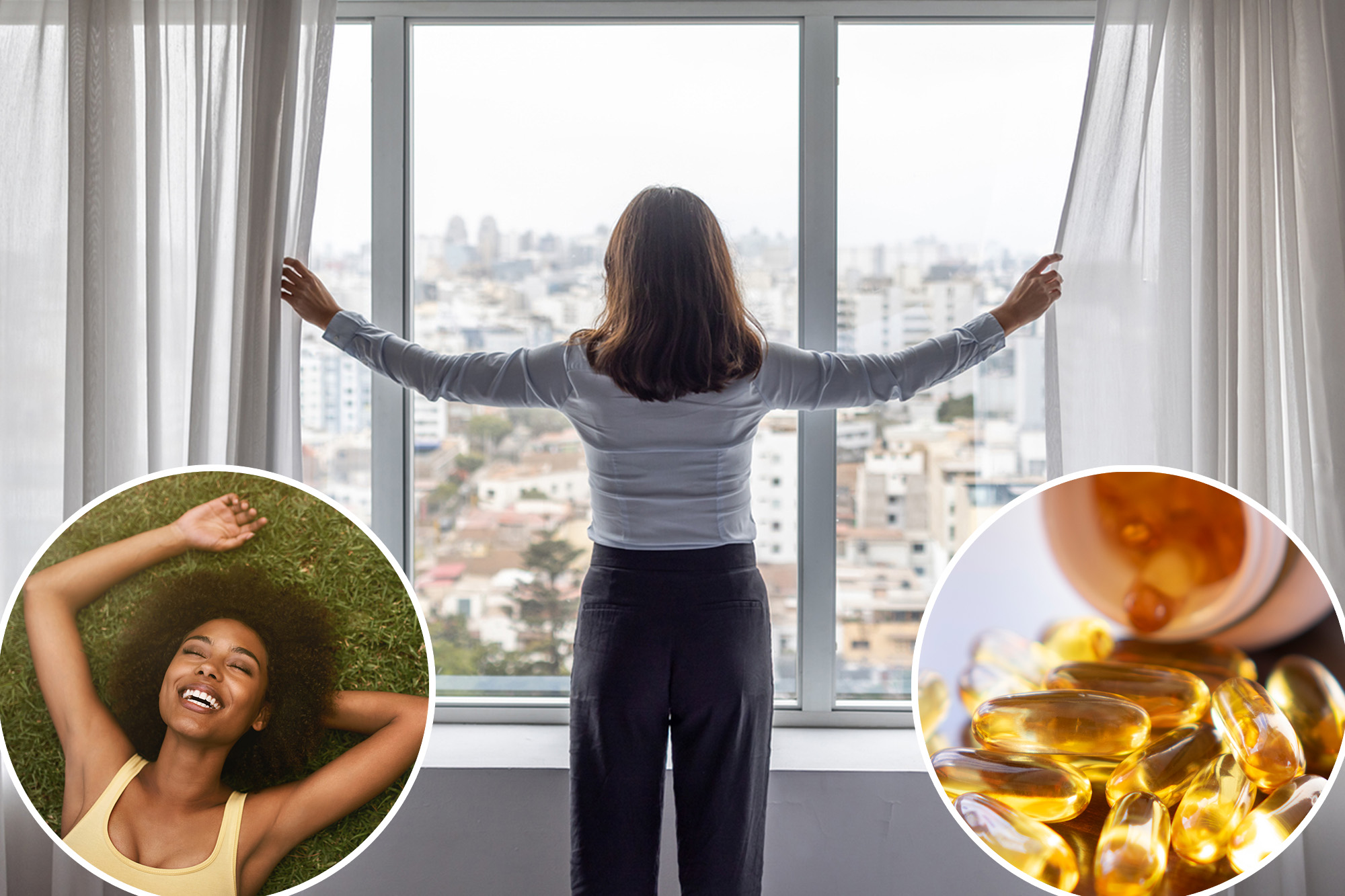
The days are shorter, you’re hibernating inside—and there’s a good chance you’re not getting enough vitamin D.
About 40% of Americans are not. But in case you’re waiting for a sign from your body to take a supplement, an expert has broken down the symptoms that could pose a threat to your vitamin D levels.
Stephanie Schiff, a registered dietitian at Northwell Huntington Hospital, tells The Post that even if you’re a serious sunbather, you’re unlikely to get what you need just by soaking up some rays.
“If you’re going to be outside for any period of time during the day, even if you’re taking off all your clothes, you’re probably not getting enough vitamin D from the sun,” she said.
In fact, she said most people she knows have very low vitamin D levels — and unfortunately, it’s too hard to tell without a blood test.
“It’s really hard to define vitamin D deficiency,” she said.
Typically, by the time its deficiency is showing up in your body, you’ve been deficient for a while—and in that case, these are the signs that scream “get some more D now.”
Bone and joint pain
“The problem with not getting enough vitamin D is that you really need it to help your body absorb calcium and phosphorus,” Schiff explained.
Without it, you can develop osteomalacia, which is a softening of your bones. This can be painful and also lead to more frequent breaks and fractures, so if you find yourself in a cast more often, that could be a clue.
Muscle weakness, pain and spasms
Schiff said that muscle pain that feels similar to growing pains can be a sign of vitamin D deficiency, as can something called hypocalcemic tetany, which is random muscle twitching.
This is difficult to distinguish, as muscle tightness can have many other causes, including dehydration.
Problems with teeth
When vitamin D deficiency leads to less calcium absorption, it can mean problems with all of your bones—including those in your mouth.
If you have a lot of cavities — especially if you haven’t in the past — it could be your teeth telling you to get more vitamin D, statistics show.
You may also experience other dental problems, such as gum disease and gingivitis.
Hair loss
Low vitamin D is associated with several different types of hair loss, including telogen effluvium (stress-related hair loss), androgenetic alopecia (patterned hair loss), and alopecia areata (patterned hair loss). scraps).
If you find that your hair is thinning, it’s worth checking whether low vitamin D levels are to blame.
Interestingly, a 2020 study found a link between vitamin D deficiency and trichotillomania, the disorder in which people pull out hair, sometimes including eyelashes.
I can’t eat, I can’t sleep
Low vitamin D can make you tired—though as Schiff points out, so can an infinite number of other things.
But it can also make it harder to fall asleep, since vitamin D plays a role in regulating melatonin, the hormone that controls our sleep cycles.
Research has also shown that vitamin D is involved in regulating leptin, the hormone that regulates appetite, so not getting enough can disrupt your hunger cues.
How do you increase your vitamin D levels?
The recommended daily dose for adults is 600 IU, or 800 IU for people over 70 years old. You can just take a supplement, but Schiff likes to take it with food as much as possible — even though that’s not that easy.
Fatty animal foods such as beef, liver, fish, egg yolks, cheese and butter have it naturally, while some foods are fortified with more vitamin D, such as breakfast cereals, plants, almond milk , soy milk and oat milk.
But if you’re going the supplement route, be careful taking too much.
“I wouldn’t want anyone to take more than the recommended daily amount,” Schiff said. “With vitamin D, more is definitely not better. You can reach an excessive level of vitamin D where there is toxicity.
“You’re never going to reach the level of the sun, but that can happen with supplements or even eating a lot of vitamin D foods.”
Symptoms of vitamin D toxicity include nausea, weakness, excessive urination, and kidney problems.
#Signs #vitamin #winter
Image Source : nypost.com